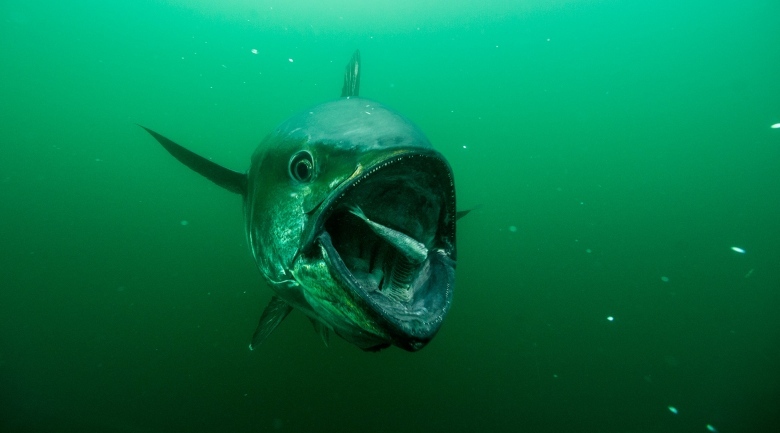
Scientists believe they have solved the mystery of where tens of thousands of tonnes of missing tiny pieces of plastic are ending up, and the answer lies in the mud and sand on the ocean floor. Researchers have previously been puzzled by why they found much less plastic on the ocean surface than they expected.
Analysing samples from 12 sites in the Atlantic Ocean, Mediterranean Sea and Indian Ocean taken between 2001 and 2012, they found for the first time that substantial quantities of microplastics, which measure less than 1mm in length, had accumulated in deep sea sediment. The tiny fibres were found at depths from 300m down at the shallowest in the Mediterranean to over 3,000m deep, at volumes 1,000 times higher than those at the surface of the sea.
Prof Lucy Woodall, of the Natural History Museum in London and the paper’s lead author, said: “This is the tip of the iceberg. Fibres are ubiquitous in our oceans and they do appear to be quite abundant in comparison with similar studies that have looked at similar things. The fundamental message of the paper is really quite simple: they’re there. Now we need to find out what the impacts are on our environment.”
A study earlier this month, the most comprehensive of its kind so far, estimated there are more than 5tn pieces of plastic in the world’s oceans, weighing nearly 269,000 tonnes. But the authors, who collected tens of thousands of pieces of plastic and then extrapolated that to model how many would be found worldwide, cautioned that the amount was just 0.1% of annual global plastic production.
